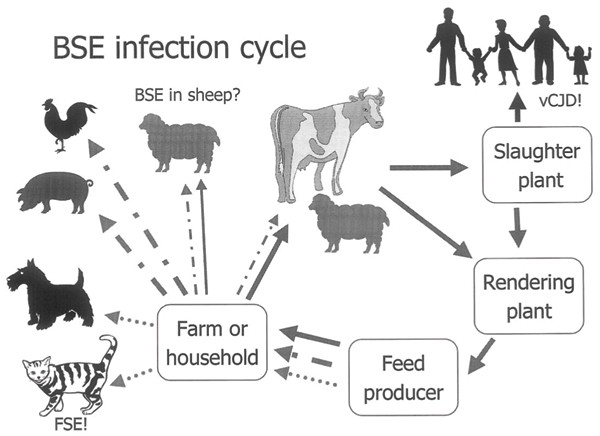Protein sorting in the cell
Protein Sorting in the cell
In prokaryotes and eukaryotes, some of proteins produced are
placed in different cell compartments, such as the nucleus, mitochondrion,
chloroplast and lysosome. The sorting of proteins to appropriate compartments
is under genetic control. The specific “signal” or “leader” sequences on the
proteins direct them to the correct organelles. In 1975, Gunther Blobel ,B.
Dobberstein and colleagues found that secreted proteins and other protein
sorted by the Golgi initially contain extra amino acid at the amino terminal
end. This work has led to the signal hypothesis, which
states that proteins sorted by the Golgi bind to the ER by an hydrophobic amino
terminal extension to the membrane that is subsequently removed and degraded.
Gunther Blobel won the noble prize for his work in physiology or medicine in
1999.
The signal sequence of a
protein designed for ER consist of about 15-to-30 N-terminal amino acids. When
the signal sequence is translated and exposed on the ribosome surface, a
cytoplasmic signal recognition particle [SRP] binds to the sequence and blocks
further translation of them RNA until the complex reaches and binds to the ER.
The SRP binds to a docking protein in the ER membrane. After firm
binding of the ribosome to the ER, SRP get released and translation continues. The
growing polypeptide extends into cisternal space of ER. Once signal sequence
reaches into cisternal space of ER it get removed from polypeptide by enzyme
signal peptidase. The modification happens to the polypeptide by adding
specific carbohydrates groups to form Glycoproteins which are transferred in
vesicles to the Golgi apparatus. Proteins in vesicles migrate to cell surface
and fuse with plasma membrane and release proteins to outside of cell.


Comments
Post a Comment